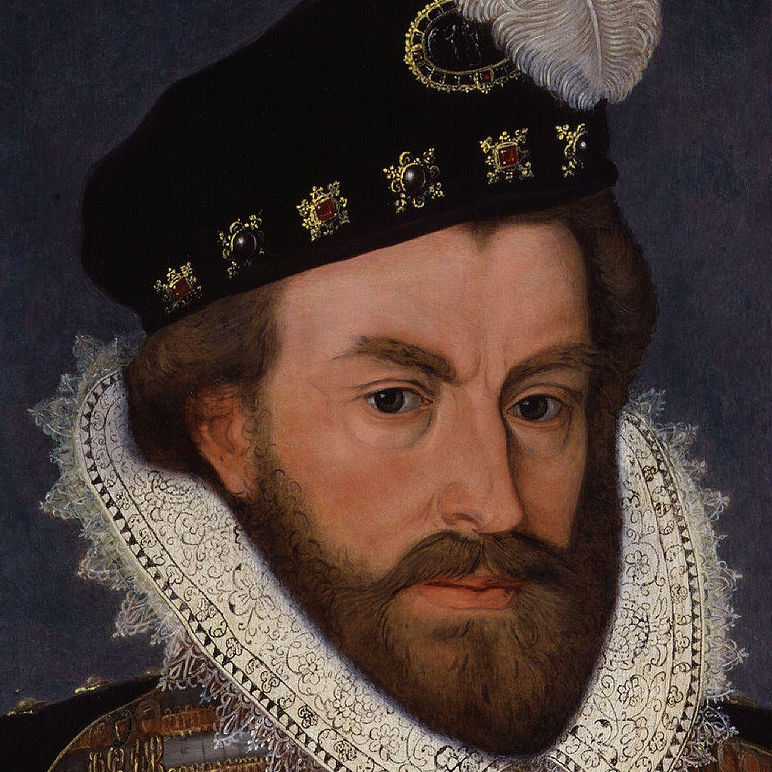Sir Christopher Hatton was a favourite courtier of Elizabeth I, and who she called ‘Lids’ in their private and confidential letters. Sir Christopher, when expressing devotion and affection for his beloved queen, always signed his letters with a hat drawn over the word ‘on’.
Hatton spent about four years at Corsham House (Corsham Court) until financial problems, his own, not the nations, caused him to sell Corsham House to Thomas Customer Smythe, a Customs tax collector for the Queen.
Born in 1540 at Holdney, Northants, into a family of attorneys at law. He spent his early year’s half-heartedly studying law. But having developed a passion and skill for dancing, he was at one of the Court Masque Balls when the Queen observed his polished movements and invited him to partner her.
Such was her fondness for this dancing partner; she made him the Captain of her Guard soon after he had joined her bodyguard in 1572.
Five years later he was Vice Chamberlain of her household, becoming a Privy Councillor and a Knight in 1577.
Regularly elected to Parliament from 1571, he became the Queens leading spokesman in the House of Commons. He also played an important part in rooting out various plotters against the Protestant Queen – notably Anthony Babbington in 1586.
That same year he was Commissioner for the trial of Mary Queen of Scots, and he played a final role in Elizabeth’s signing of the warrant for Mary’s execution, despite her original reluctance to do so. Hatton is also known to have supported John Whitgift, Archbishop of Canterbury, in his actions against the Puritans; believed to be because these two men got on so well together.
The Queen appointed Hatton as Chancellor in 1587. He became a Knight of the Garter in 1588 and was made Chancellor of Oxford University.
Sir Christopher died in London, still the Queens Chancellor in 1591.
